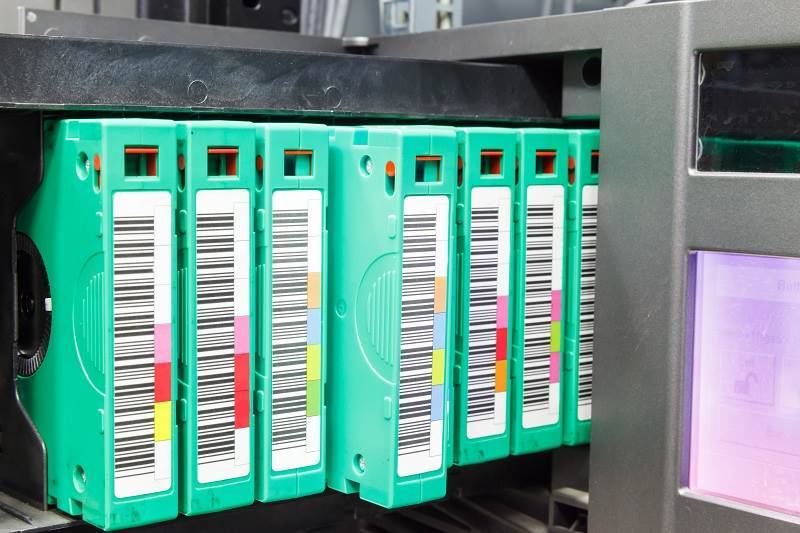
By Mike Zwolski
So it’s October. The summer is over and fall has barely begun. If you’re down because you won’t see the summer sun until next year, maybe a recent announcement from IBM will cheer you up.
Tape, like the mainframe, was declared dead long ago. But something funny happened on the way to the cemetery ... IBM tape sales are through the ceiling, and there is a good chance that whoever’s tape product your organization buys, it’s more likely than not to have been made by IBM.
To be fair, tape is not everyone’s darling, but no one expects it to go away anytime soon. The cloud providers alone are keeping the IBM plants up and running all by themselves. If your data is on the cloud, it’s probably on IBM tape. ositioned. It’s not really as much for backup as it is for archival these days. What used to be called active vs inactive data is now called: hot, warm, cool, or cold data. The cloud folks know that data once written has a 90% chance of never being recalled, and after a week, has a 99%+ plus chance of never being recalled. That’s tape’s sweet spot: cold data!
The IBM position is that a flash/disk mix with tape can cut costs by 50% versus an all flash/disk solution.
To be fair, that applies to an organization large enough to buy both and have the skills to manage them. But for today just know that tape is alive and well for the archival (i.e. storage of cold data) environment. Also, with the right tools, data movement to and from tape can be seamless and automated. Perhaps you can try selling your organization on the idea of buying less and running more efficiently. Just an idea.
Second, with the security crazy world in which we live, tape is safe. Taking a copy offsite daily, not for backups, but for air-gap protection, is fashionable. They can’t hack what is sitting in your trunk, your briefcase, or in a vault somewhere.
The point is: Tape is NOT dead. It’s alive and well if your organization has a proper use case for it.
What’s new is that IBM recently announced LTO-9 for its TS4500 library. LTO is the de-facto industry standard for open tape, with acceptance and use by virtually all major players worldwide. For any tech weenies, the LTO-9 specs are:
- Throughput – a native data rate of 400 MB/second for full height tape drives
- Capacity – 18 TB of uncompressed capacity per cartridge (45 TB per cartridge with typical 2.5:1 compression)
Lastly, note (major point) that the LTO-9 has only been announced for use in the IBM TS4500 tape library. That is the IBM high-end library that comes in refrigerator size frames. This reflects the reality that tape demand today is being driven by the largest (cloud) customers.
LTO-9 is expected to be announced later this year for more entry level platforms, which many LRS IT Solutions customers use.
This announcement means that you have an option most flash storage sellers don’t promote. Instead of fighting over the price per TB of storage, consider the idea of a new (old) way to look at storage: based on efficiency.
About the author
Michael Zwolski is a z Systems and Storage Solution Advisor with LRS IT Solutions. With more than 30 years of experience supporting Fortune 100 IBM customers in the areas of mainframe and enterprise storage, Michael is skilled at interfacing between technical and business resources. His knowledge of IBM storage solutions including DS8000, FlashSystem, SVC, and TS7000 and others make him a valuable asset on storage projects.